Yitpi Yartapuultiku means ‘Soul of Port Adelaide’. This name marks one of the first points of collaboration between the Kuarna people, the Traditional Owners of the land that makes up the Adelaide Plains, and the project team helping to bring the vision of a unique Aboriginal Cultural Centre to life.
Yitpi means Soul
Yartapuulti is the name that the Kaurna People gave to the land around the Port River
ku means ‘of’ and is a Kaurna joining word
A City of Port Adelaide Enfield project, Yitpi Yartapuultiku will be a community centre providing activities and learning opportunities for both First Nations and non-First Nations people. Envisioned as a place to heal and be immersed in local culture, we learned at Green Building Day that it’s also a space Custodians had been asking for, for over 20 years.
Located at a site formally known as Western Region Park, the space directly links Yerta Bulti Country (the area around the river) to the rich cultural history of the Kaurna People.
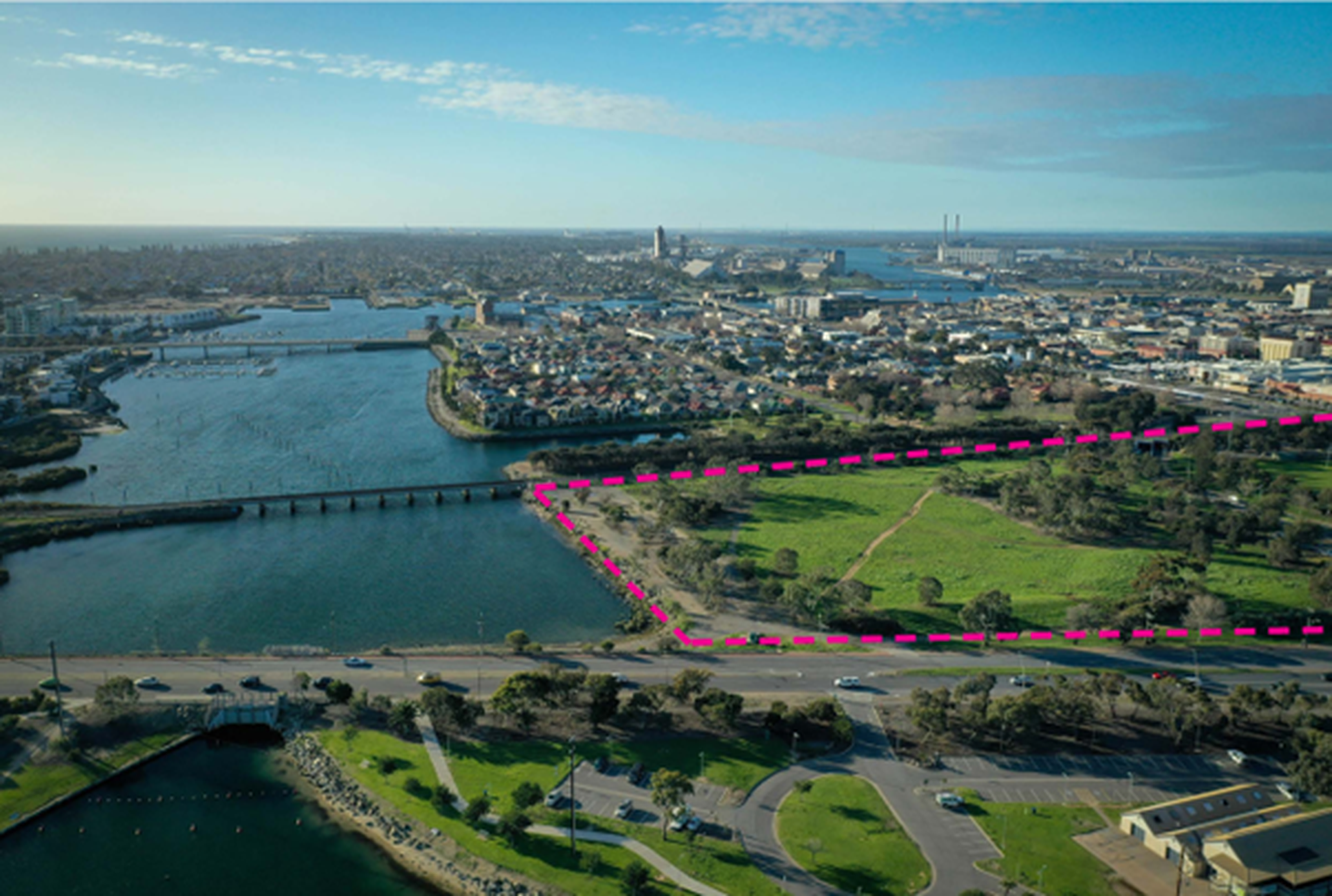
Listening and unlearning
A two-year co-design process began after the project team successfully sought permission to engage with the Traditional Owners, via the City of Port Adelaide Enfield’s Aboriginal Advisory Panel. It is a process underpinned by a set of cultural principles to guide the design, build, and operation of the project to ensure high levels of cultural representation are met.
The design group was made up of Ashley Halliday Architects, landscape architects WAX Design and sustainable design consultants dsquared Consulting, co-creating with the custodian group. Rupert Lindon, Senior Associate with Ashley Halliday Architects is part of the design group working closely with Custodians.
“All key design decisions were led by the Custodian group, then facilitated by the design team. This project was a true co-design process and everything that a visitor will see and experience from the moment they arrive on site will have been shaped by the consultation process.
“Part of the consultation included workshops where the Custodians were asked to model their visions for the site with kinetic sand. This process of making has shaped areas of prospect, refuge, gathering and contemplation,” said Rupert.
The interactive process allowed the Custodian group to form the site with their hands, explore and explain landforms, test spatial arrangements, and create coastal edges. While the Custodians undertook the important steps of making, the design group listened and observed and, in many ways, unlearned what they knew about design and building.
It is an engagement process that has been celebrated and in 2022 it won the Planning with Country award for South Australia, as an outstanding example of authentic and collaborative planning and design with Aboriginal and Torres Strait Islander people.
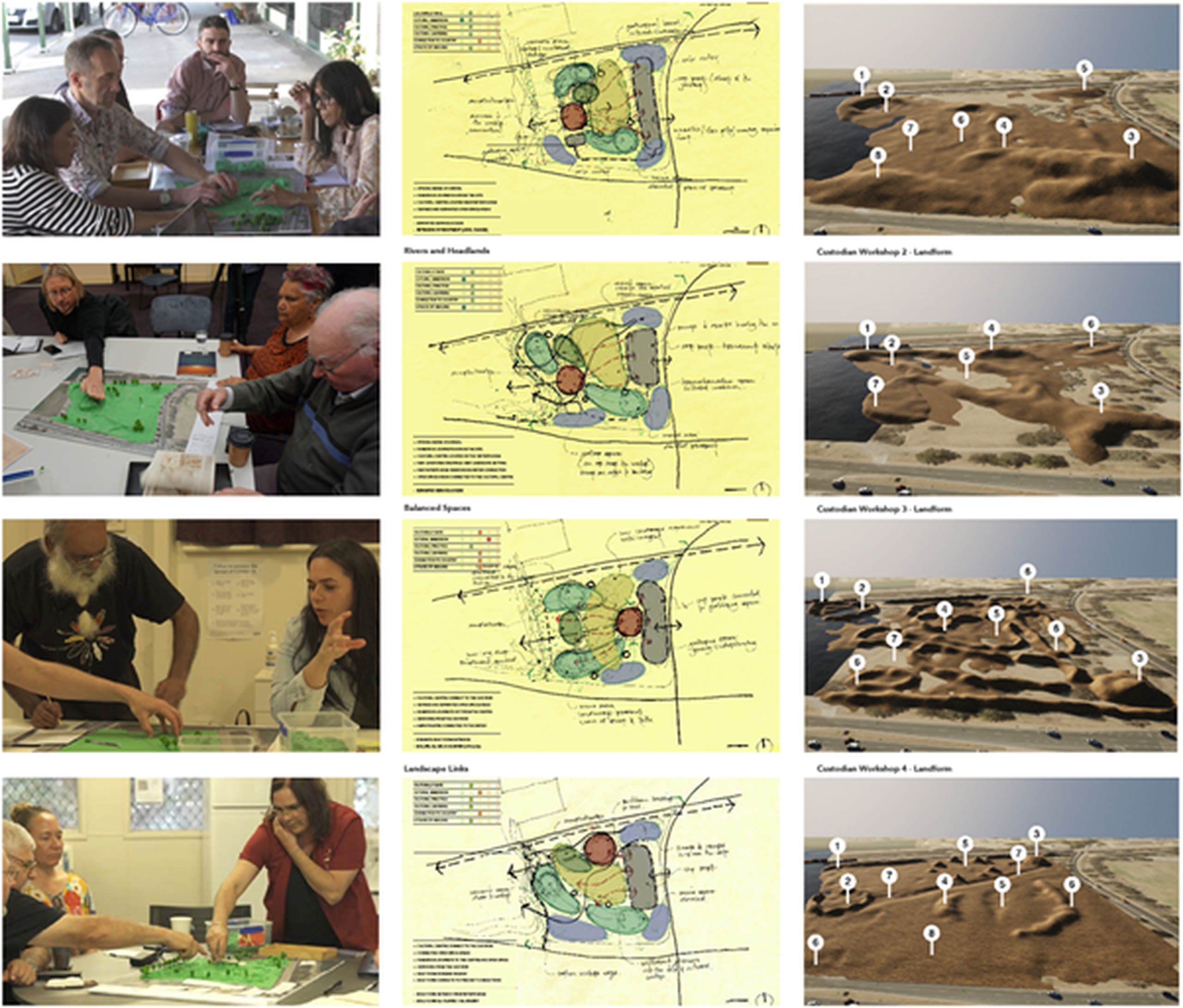
Connecting to country
Yitpi Yartapuultiku extends beyond the form of a building into the surrounding landscape, strengthening connection to Country, for both the site and visitors. Rupert says the project takes a holistic vision of the building and landscape as one entity.
“The building itself has a key axis aligning with other culturally important landmarks beyond the site and connects it to the broader Kaurna landscape. Within that landscape, every effort has been taken to re-establish a wide variety of habitats, from the living shoreline and mangroves to the grassy woodlands,” said Rupert.
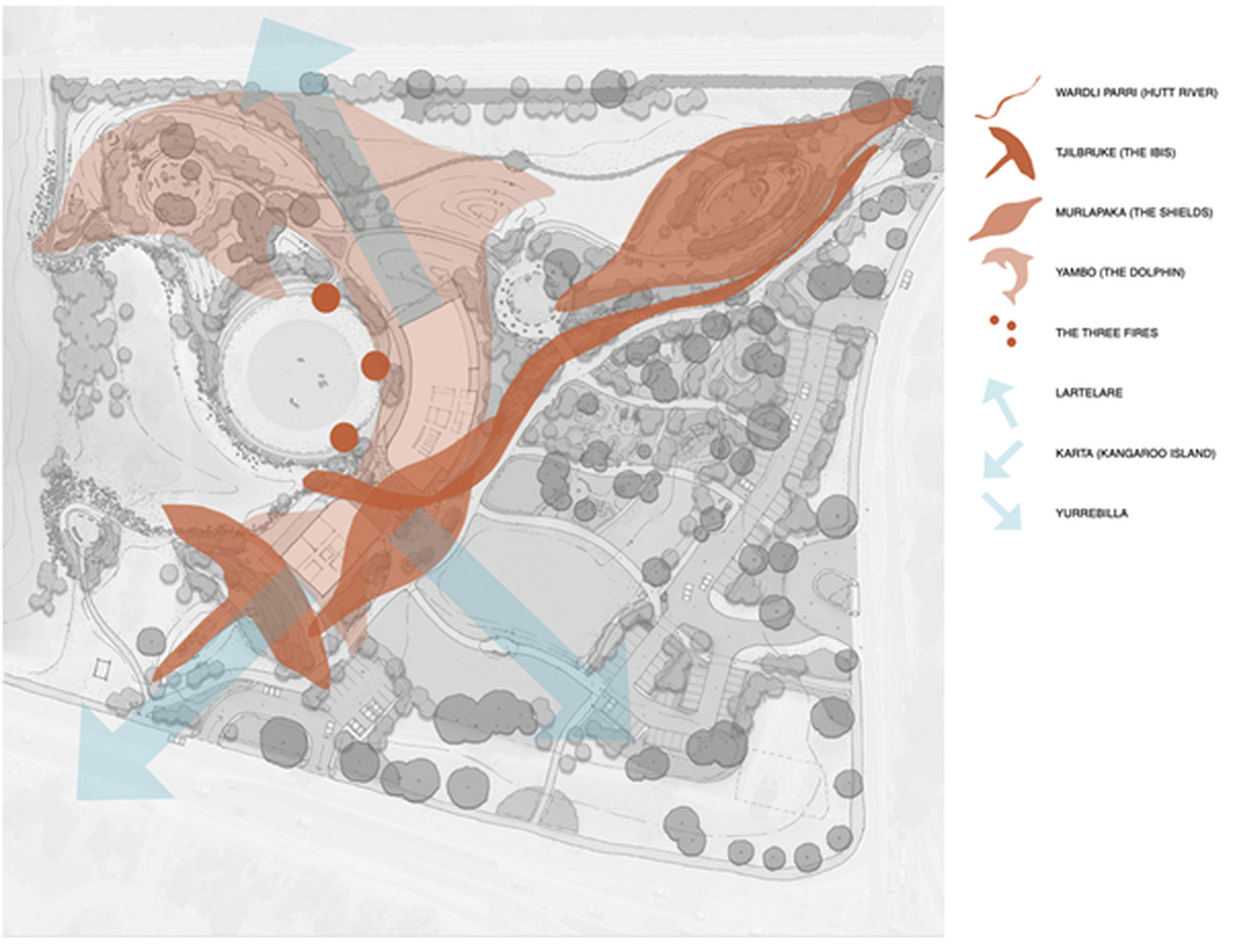
Layering a project with native vegetation has many benefits; it can create habitat, control soil erosion and store carbon. At Yitpi Yartapuultiku native plantings have also been selected to strengthen ties to Country for all.
“The native species grown on site not only serve to create habitat but will also be taken into the training kitchen, where they will be prepared and served to visitors to further enhance the cultural experience,” said Rupert.
The landscape can also be experienced inside the building which is tracking towards 5 Star Green Star Buildings certification. The Kaurna colour palette has been integrated into surfaces, carpet tiles, upholstery and furnishings, while community art projects are proposed throughout the space.
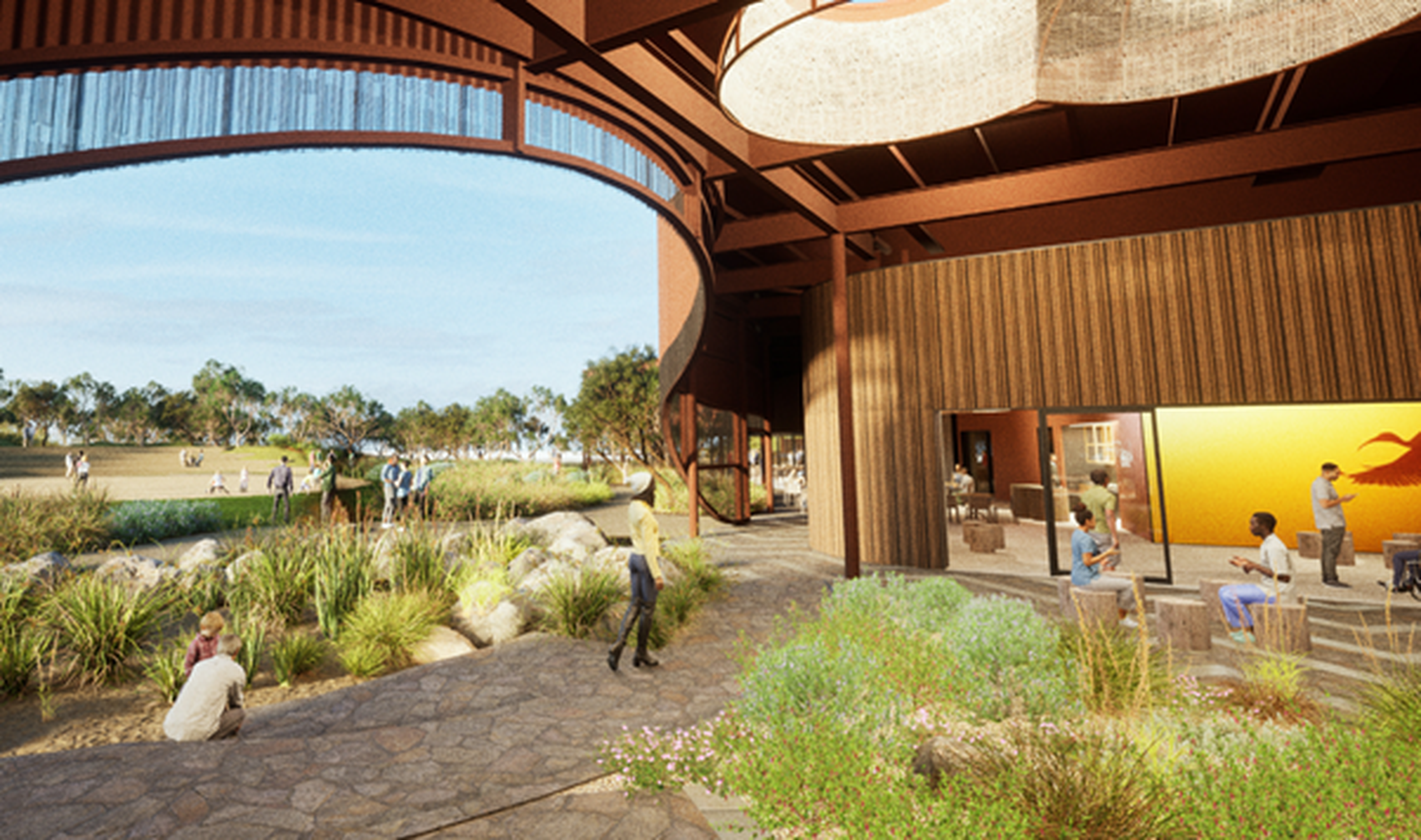
A place that's healing; a place to heal
Healing means repairing damage that has been done, to make the living thing that has been damaged - a person or a place - healthy again. Long before the design process commenced, local Custodians identified the need for a culturally safe place where the Kaurna community could engage in ongoing healing; a place where they could unify, share, learn, educate and gather.
While Yitpi Yartapuultiku will provide a place for people to heal, the site itself is also healing as it recovers from a range of contamination issues. Regeneration of natural systems is one of the three principles of a circular economy and Rupert says the Custodian group’s approach to the contamination is “a demonstration of healing country in action”.
“Yitpi Yartapuultiku is breaking old cycles with circular thinking. The custodians were keen to avoid taking any contamination off site as that could potentially create pain and hurt for another site. Instead, they chose to heal Country by repairing damage through rehabilitation and revegetation.
“This is an ongoing process, but one that the Custodians, and all of us on the project team, hope will create a healthy place for the Port Adelaide community, for generations to come,” shared Rupert.
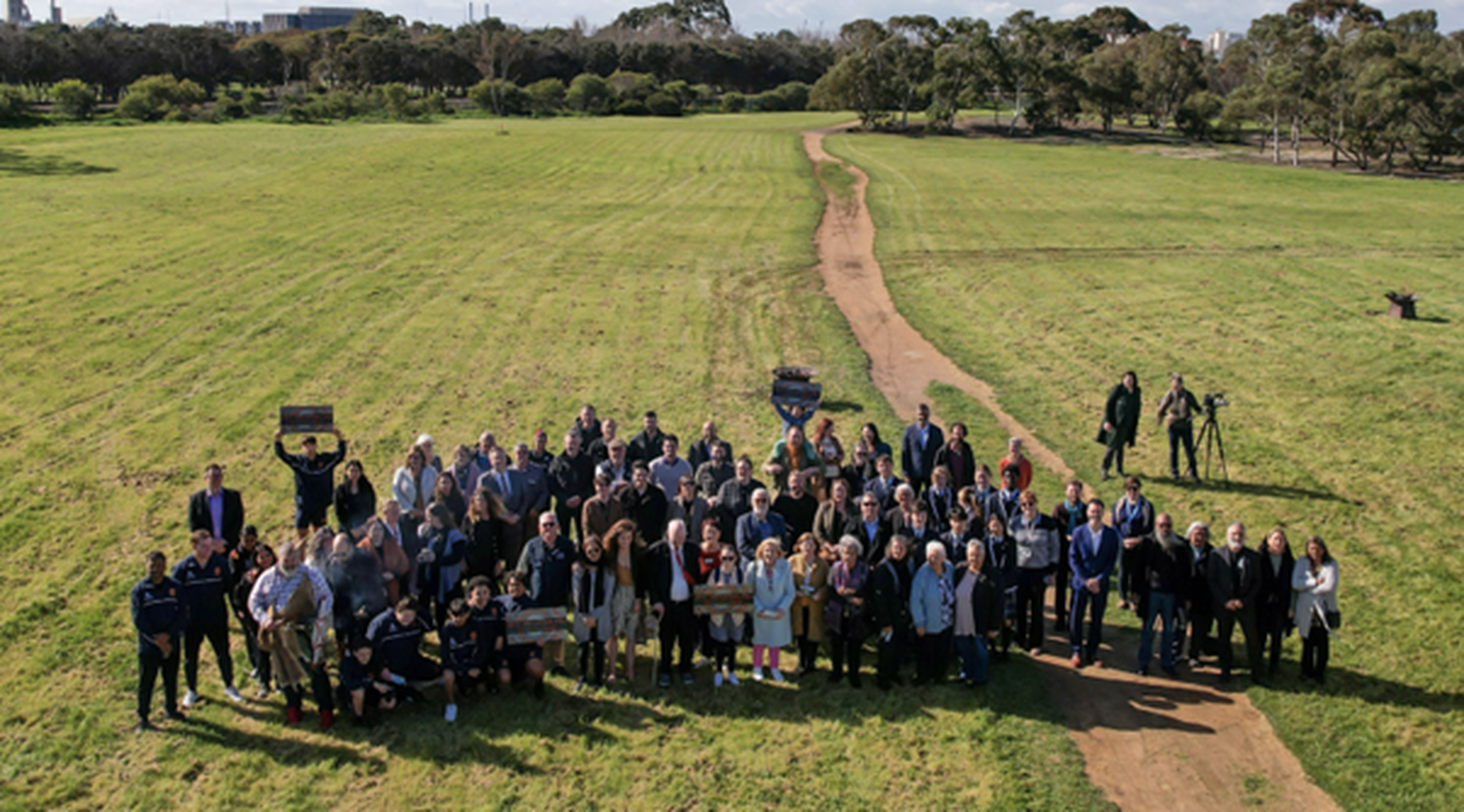
Green Building Council of Australia acknowledges and pays respects to the Traditional Owners and Custodians of the land on which Yitpi Yartapuultiku will be sited, the Kaurna People of the Adelaide Plains.